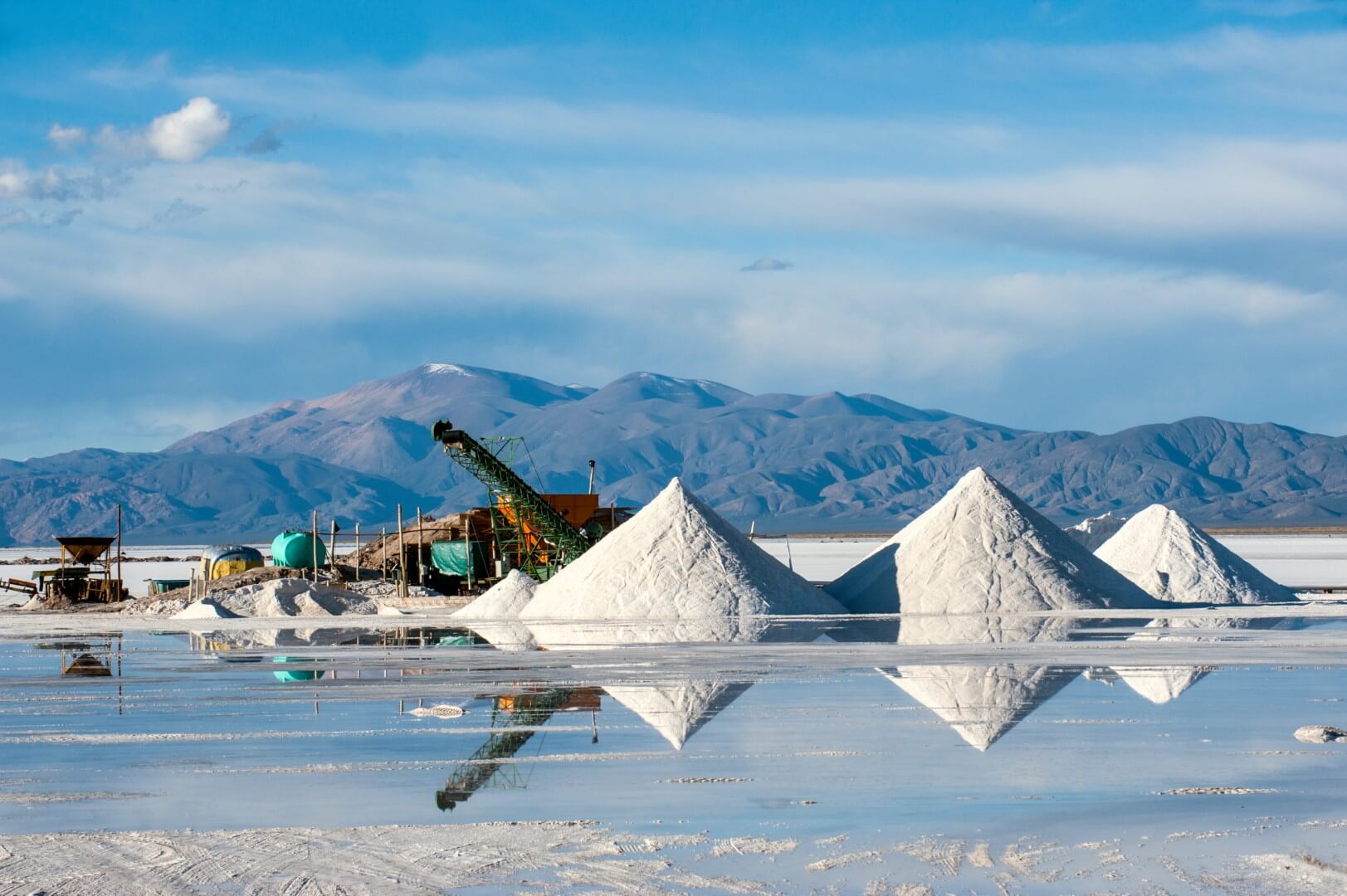
Flash Dryer
for fine sized materials and removing mainly surface moisture. Wet material is conveyed and dried in a hot air stream, drying is typically achieved within seconds.
TEMA Process Flash Dryers offer an efficient and versatile method for removing moisture from solids, powders, and slurries. Utilizing a stream of hot air that pneumatically conveys the feed material through the dryer’s body, flash dryers are designed to rapidly and effectively evaporate moisture. This method ensures minimal thermal degradation, making it ideal for temperature-sensitive products. TEMA Process leverages advanced technology and engineering expertise to tailor flash drying solutions that meet specific industry needs, providing optimal drying performance with high energy efficiency.
Flash dryers are highly versatile, offering rapid and efficient moisture removal capabilities essential for processing bulk materials in various industries. Their swift operation and adaptability make them an invaluable asset in many drying applications. Here are some detailed industries and applications where flash dryers play a critical role:
Applications of Flash Dryer
Renewable Energy Industry: Flash dryers are pivotal in preparing biomass for bioenergy, efficiently reducing moisture in feedstocks like wood and agricultural residues. This step is essential to enhance energy production efficiency and align with environmental sustainability goals.
Mineral Industry: In mineral processing, flash dryers quickly eliminate moisture from ores and concentrates, streamlining preparation for further processing and improving overall efficiency within the mining operations.
Chemicals Industry: In the chemical sector, flash dryers are crucial for drying a wide range of products while maintaining quality. This process is vital for ensuring the safe handling and effectiveness of various chemical applications.
Food and Feed Industry: Flash dryers are integral in the food and feed industry, dehydrating products to preserve their quality, taste, and nutritional value. This process extends shelf life and safeguards against spoilage, ensuring compliance with food safety standards.
In each of these applications, flash dryers are valued for their ability to deliver consistent results and enhance the quality of the end product. With the capability to integrate into various production lines, they represent a critical component in modern industrial drying solutions.
How a Flash Dryer Works
The operational principle of a flash dryer revolves around the rapid drying of particulate materials through direct contact with hot air or gas. The process is distinguished by its speed and efficiency, facilitated by the high surface area of the material in contact with the air stream. Here’s a step-by-step overview of the flash drying process:
- Feeding the Material: The drying process begins with the introduction of the wet material into the dryer’s feed system. This can be done through various mechanisms such as screw feeders, rotary valves, or pneumatic conveying systems, depending on the physical characteristics of the material.
- Dispersion into Hot Air Stream: The feed material is then dispersed into a hot air stream generated by a heater. The design of the flash dryer ensures that the material is rapidly and thoroughly mixed with the hot air. For materials that are fed as slurries or pastes, atomizers or spray nozzles may be used to create fine droplets for more effective drying.
- Rapid Moisture Evaporation: As the material encounters the hot air, moisture rapidly evaporates due to the intense heat transfer. The temperature and velocity of the air are carefully controlled to maximize the drying rate while preventing damage to the product. The turbulent flow within the dryer helps to ensure uniform drying and prevents agglomeration.
4. Product Separation and Collection: The dried product is then separated from the air stream using cyclones or bag filters. Due to the flash dryer’s efficient design, the dried material is typically in the desired particulate form and ready for downstream processing or packaging.
5. Exhaust Air Treatment: The exhaust air, now laden with moisture, is treated to remove any particulate matter before being discharged. This treatment is crucial for environmental compliance and to recover any fine material that may have been entrained in the airstream.
The flash dryer’s design allows for various configurations to accommodate different materials and drying requirements. Key parameters such as air temperature, flow rate, and residence time are adjustable, enabling precise control over the drying process. This adaptability makes the flash dryer an invaluable tool across a broad spectrum of industrial applications, from food processing to minerals and beyond.
Advantages and Disadvantages of Flash Dryers Compared to Fluid Bed Dryers
Advantages and Disadvantages of Flash Dryers Compared to Fluid Bed Dryers
Interested?
Exploring options for your process? TEMA Process is here to assist. Whether you have specific questions or need guidance in selecting the right solution, our experts are just a call or email away. Leave your contact details, and one of our specialized team members will promptly get in touch. They’ll provide you with all the necessary information about our advanced solutions, tailored to meet your unique requirements. Let TEMA Process be your partner in achieving optimal product quality and safety








